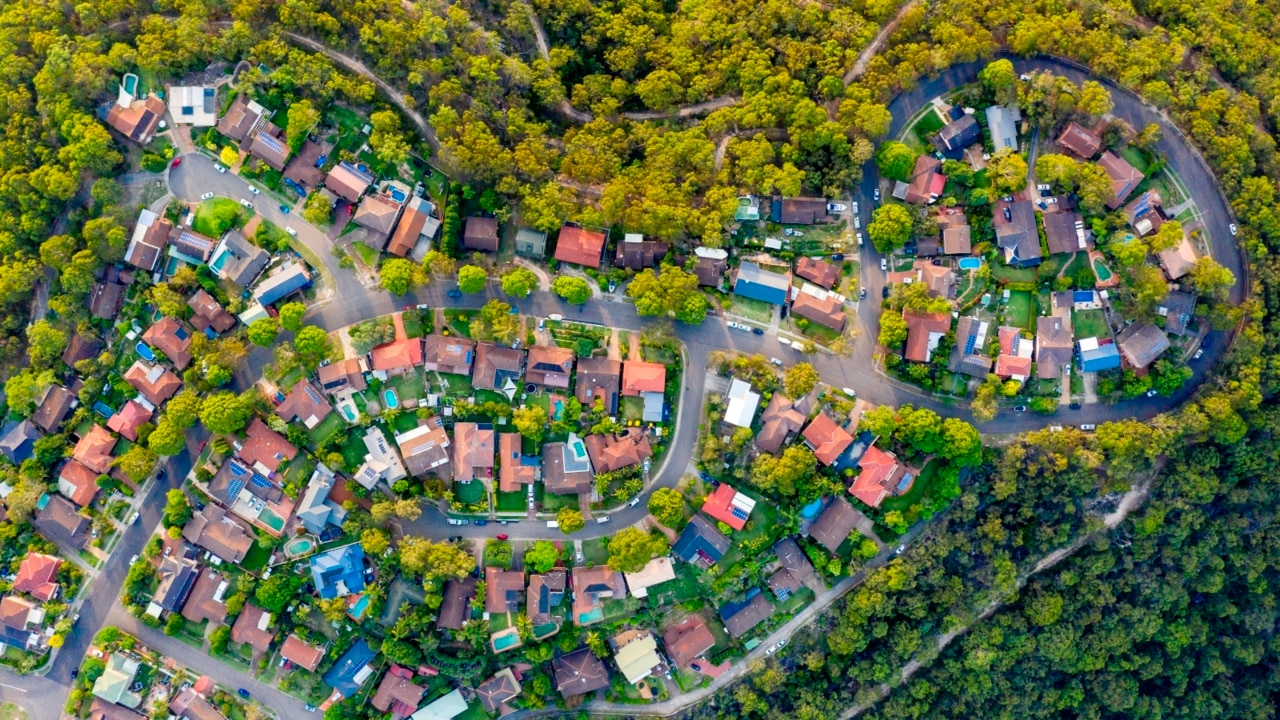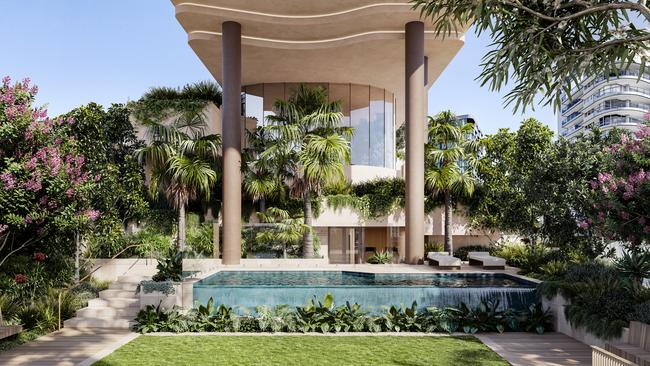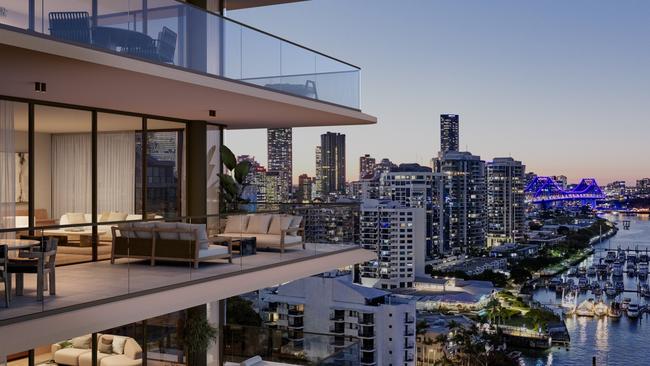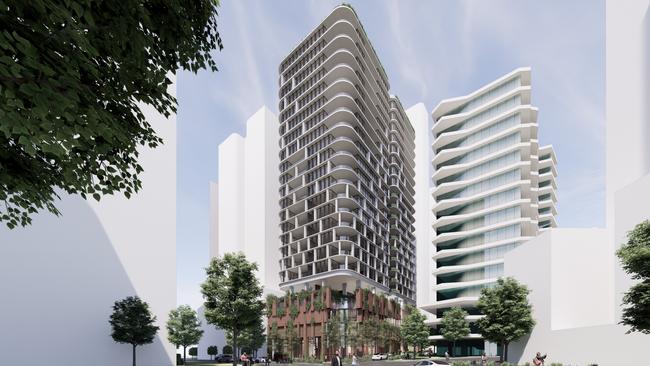Developing Queensland: Future developments require long-term considerations
The increase of disposable developments need to be stopped with more consideration for the longevity of developments, a leading designer says.

QLD News
Don't miss out on the headlines from QLD News. Followed categories will be added to My News.
A leading designer has said it is critical the long-term legacy of new developments and infrastructure is deeply considered, and cutting corners will result in a cycle of disposable development.
Plus Architecture principal, Chrisney Formosa said late last year, to the alarm of many, a 12-storey apartment block in North Melbourne, built just five years prior, was approved for demolition and was just one example of the average 100,000 buildings that get approved for demolition in Australia each year.
Don’t miss the Developing Queensland section, every Saturday in The Courier-Mail
“It demonstrates what can happen when a shortsighted approach to the urban planning of our cities takes hold – the proliferation of low-grade buildings with short lifespans,” she said.
“As our population here in Brisbane grows and evolves, so too do the demands on our city.

“An approach which sees the built environment as disposable is concerning. Disrupting the established heritage and context of our cities, it’s also incredibly carbon-intensive, with far-reaching negative implications for our planet.
“While the construction industry continues to navigate the challenges presented by the ongoing turbulence of the broader economy, from rising material costs to labour shortages, cutting corners is not the answer.
“The cycle of disposable development must be stopped.”
Ms Formosa said the value of buildings should not just be considered in the short-term saleability and usability for the first owners or occupiers.

“Instead, their long-term life must be at the forefront of our minds,” she said.
“Developers, architects and councils must work together to ask: How will this development continue to contribute and adapt to the city’s evolving needs for generations to come?
“Now more than ever, architects have an integral role in designing for longevity. Not just designing buildings in isolation, but putting forthright a commitment to placemaking and shaping civic precincts that will serve communities for decades.”
Ms Formosa said rather than creating a design that directly responded to a brief, it was critical architects took the whole project team on a journey to consult, develop and tailor the brief.
“Avoiding trends, the final design must be thoroughly considered and truly meet the needs of all stakeholders – developers, councils, sales agents and the local community,” she said.

“Significant consideration at this early stage must be given to the cost implications across all aspects of the project.
“With a rapidly growing population and the 2032 Olympic Games on the horizon — development in the city is rightly ramping up. But as it does, it’s critical that the long-term legacy of the new developments and infrastructure is deeply considered.
“The city will retain these spaces years after the Olympics have passed; they represent Brisbane’s future, and it is critical that as the architects, developers and placemakers of the city we take our role seriously. The decisions we make now will leave an indelible mark on Brisbane for decades.”
Ms Formosa said designers must work together with industry and regulatory bodies, including local councils and planning authorities – who must in turn work together themselves – to support the sustainable development of the built environment and infrastructure.

“Understanding the financial priorities of developers alongside the local government’s remit to deliver enduring liveable communities, architects are uniquely placed to take the whole project team on the journey,” she said.
“If we look to London, the legacy of the Athletes Village is an excellent case study of what can be achieved.
“Housing 17,000 athletes during the 2012 Olympic Games, the development has latterly been transformed into East Village – with over 2800 new homes, and 2000 more planned. Now home to about 6000 people, with extensive parklands, the community is served by a wealth of shops, bars, cafes and restaurants.
“As the urban fabric of Brisbane evolves, when designed effectively, it can produce seamless context-driven environments that connect communities, creating a true sense of place and identity for a city.”
Ms Formosa said that at Portside Wharf, part of the Olympic Games precinct, sat The Cullen.

“Designed by Plus Architecture, its heritage-inspired design combined with contemporary elements will be home to a hotel, apartments and hospitality spaces,” she said.
“Elsewhere in the city, at Kangaroo Point, two other Plus Architecture projects celebrate their iconic riverside location, with Rotherham Hotel providing stunning state-of-the-art facilities for guests, and River House raising the bar for luxury living.
“Together these developments will create an active, socially connected urban community in areas receiving increasing interest and demand for density.
“They demonstrate that when design and build quality is retained as a priority right from a project’s inception – high quality precincts that will serve our communities for many years are achievable.”
Originally published as Developing Queensland: Future developments require long-term considerations


